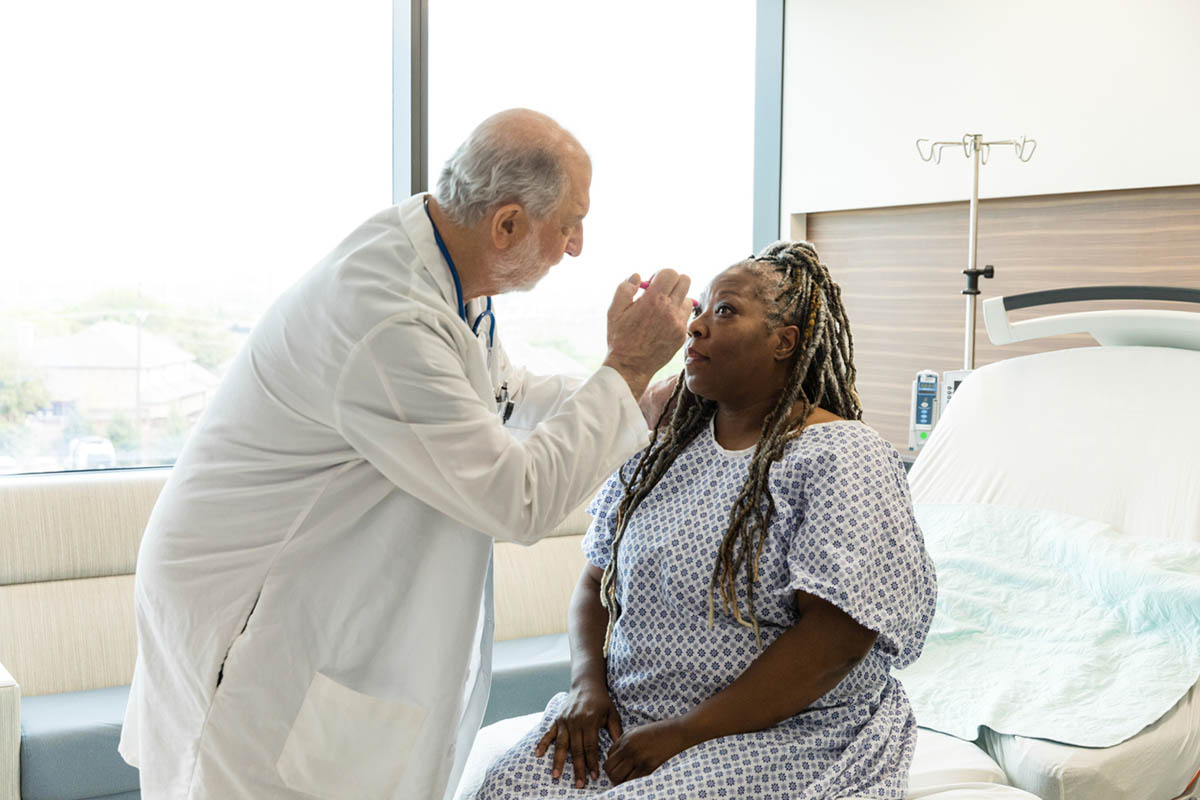Objectives: (1) To determine whether atypical antipsychotics increase the rate of major malformations above the 1% to 3% baseline risk seen in the general population. (2) To examine rates of spontaneous and therapeutic abortions, rates of stillbirths, birth weight, and gestational age at birth.
Method: The cohort was composed of pregnant women who contacted the Motherisk Program in Canada or the Israeli Teratogen Information Service in Israel and women who were recruited from the Drug Safety Research Unit database in England. Women who had been exposed to atypical antipsychotics were matched to a comparison group of pregnant women who had not been exposed to these agents.
Results: Data were obtained on 151 pregnancy outcomes that included exposure to olanzapine (N = 60), risperidone (N = 49), quetiapine (N = 36), and clozapine (N = 6). Among women exposed to an atypical antipsychotic, there were 110 live births (72.8%), 22 spontaneous abortions (14.5%), 15 therapeutic abortions (9.9%), and 4 stillbirths (2.6%). Among babies of women in this group, there was 1 major malformation (0.9%), and the mean ± SD birth weight was 3341 ± 685 g. There were no statistically significant differences in any of the pregnancy outcomes of interest between the exposed and comparison groups, with the exceptions of the rate of low birth weight, which was 10% in exposed babies compared with 2% in the comparison group (p = .05), and the rate of therapeutic abortions (p = .003).
Conclusion: These results suggest that atypical antipsychotics do not appear to be associated with an increased risk for major malformations. ‘ ‹
Please sign in or purchase this PDF for $40.00.




